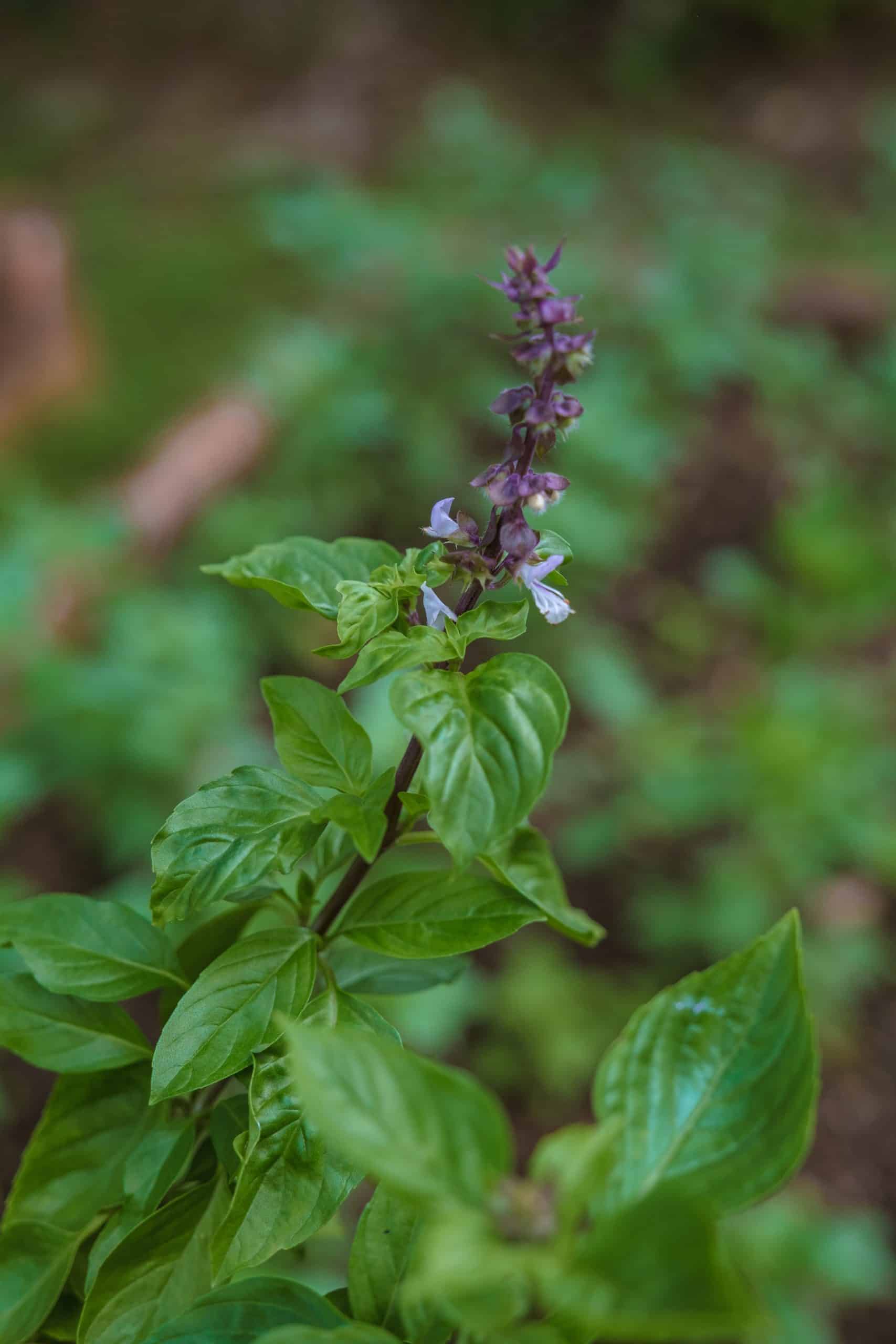What Is the Role of Biodegradable Materials in the Sustainable Packaging Movement?

The packaging movement goes far beyond wrapping and delivering products. It encompasses a broad spectrum of activities, from the way we package food to the materials we use in the process. Today, the subject of packaging is of significant concern due to its impact on our environment and the increasing awareness of consumers. A crucial part of the solution lies in biodegradable materials. In this comprehensive look at the role of biodegradable materials in the sustainable packaging movement, we’ll unpack the concept of biodegradable packaging, explore why it matters, and examine how this eco-friendly alternative is helping shape sustainable practices.
Understanding Biodegradable Packaging
Before delving into the benefits and impact of biodegradable materials in packaging, it’s essential first to understand what biodegradable packaging means. Biodegradable packaging refers to packaging materials that can be broken down naturally and safely return to the environment. These materials, often plant-based, are an alternative to traditional plastics, which can take hundreds of years to decompose.
Topic to read : How Can UK Businesses Utilize AI for Precision Agriculture to Increase Crop Yields?
Biodegradable packaging uses materials like cornstarch, mushroom roots, and even seaweed. These materials, unlike conventional plastics, can decompose fully, leaving no toxic residue. This is crucial in reducing waste and pollution, both on land and in our oceans.
The Sustainability Movement and Consumer Awareness
The sustainability movement has gained significant momentum in recent years. Consumers are becoming increasingly aware of the environmental impact of their purchasing decisions, including the packaging of the products they buy. As a result, they are demanding more eco-friendly and sustainable practices from businesses.
Have you seen this : How Can Small UK Firms Leverage AI for Localized Marketing Tactics?
Companies have responded to this demand by exploring alternative packaging materials, with a strong emphasis on biodegradable and compostable options. An increasing number of businesses are turning to biodegradable packaging, not only because of its reduced environmental impact but also because it aligns with consumers’ values and expectations.
The Environmental Impact of Biodegradable Packaging
Biodegradable packaging plays a pivotal role in reducing the environmental impact of packaging waste. Unlike plastics, biodegradable materials decompose naturally, and their breakdown doesn’t lead to the release of harmful toxins into the environment.
According to recent studies, if all packaging were biodegradable, the amount of plastic waste in our oceans could be reduced significantly. This is especially critical considering that plastics in the ocean break down into microplastics, which harm marine life and, ultimately, humans through the food chain.
The Future of Packaging: Biodegradable and Beyond
Biodegradable packaging is undoubtedly a step in the right direction. However, it is not the only solution to our packaging problem. It is a part of a broader movement that involves reducing packaging waste through various means, including recyclable materials, reuse, and reduction in packaging size.
While biodegradable packaging is gaining widespread adoption, other innovations are also emerging, such as edible packaging. This innovative concept, still in its early stages, could further revolutionize the way we view packaging and its environmental impact.
Conclusion
Over the last decade, biodegradable materials have taken center stage in the sustainable packaging movement. They represent a significant shift towards more eco-friendly practices that are better aligned with our environmental responsibilities and consumer expectations. While challenges remain, the progress made in this area is encouraging and signifies a bright future for sustainable packaging.
Biodegradable Packaging and the Supply Chain
Navigating the supply chain is a critical aspect of any business model, and the introduction of biodegradable materials adds a new dimension to this process. Biodegradable packaging materials are often plant-based, meaning they come from renewable resources. The production of these eco-friendly packaging materials, therefore, has a significantly lower carbon footprint compared to traditional plastic-based packaging.
However, using plant-based materials also means considering factors like shelf life and durability during transportation. It’s worth noting that advances in biodegradable packaging design have led to solutions that can compete with their plastic counterparts in these aspects.
On the other hand, the disposal process of these biodegradable materials is simplified. Unlike plastic, which often requires special facilities for recycling, biodegradable packaging can be composted. This means it can return to the environment in a safe and controlled manner, further reducing its environmental impact.
By integrating biodegradable packaging into their supply chains, companies are not only minimizing their carbon footprint but also contributing to a circular economy. This is a system that aims to eliminate waste through the continual use of resources, which aligns perfectly with the use of compostable packaging that safely returns to the environment.
Biodegradable Packaging as a Part of a Larger Sustainable Packaging Movement
While biodegradable packaging plays a key role in sustainable practices, it is only a part of the larger movement. To truly make a significant impact, a comprehensive approach to sustainable packaging is needed. This includes not only the materials used but also packaging design, production processes, and end-of-life management.
In terms of packaging design, businesses are exploring ways to reduce packaging size, which in turn lessens the amount of materials used and waste produced. As for production processes, companies are seeking energy-efficient methods to lower their overall emissions.
Further, businesses are being encouraged to take responsibility for the entire lifecycle of their packaging, including its disposal. This is part of the Extended Producer Responsibility (EPR) policies, which pushes for manufacturers to manage the environmental impact of their products from cradle to grave.
All these practices, together with the use of biodegradable materials, form a holistic approach to sustainable packaging. They demonstrate that packaging solutions can indeed be designed to be effective without causing harm to the environment.
Conclusion
The role of biodegradable materials in the sustainable packaging movement is both pivotal and promising. As we continue to grapple with the pressing issue of environmental pollution, biodegradable packaging offers a feasible and eco-friendly solution. While there are challenges to overcome, the commitment of consumers and businesses alike to sustainable practices is driving continual innovation in this field.
In conclusion, the adoption of biodegradable materials in packaging is more than just a trend—it’s a testament to the shifting global consciousness towards sustainability. As we move towards a future where sustainable packaging becomes the norm rather than the exception, it’s clear that biodegradable materials will continue to play a significant role.
